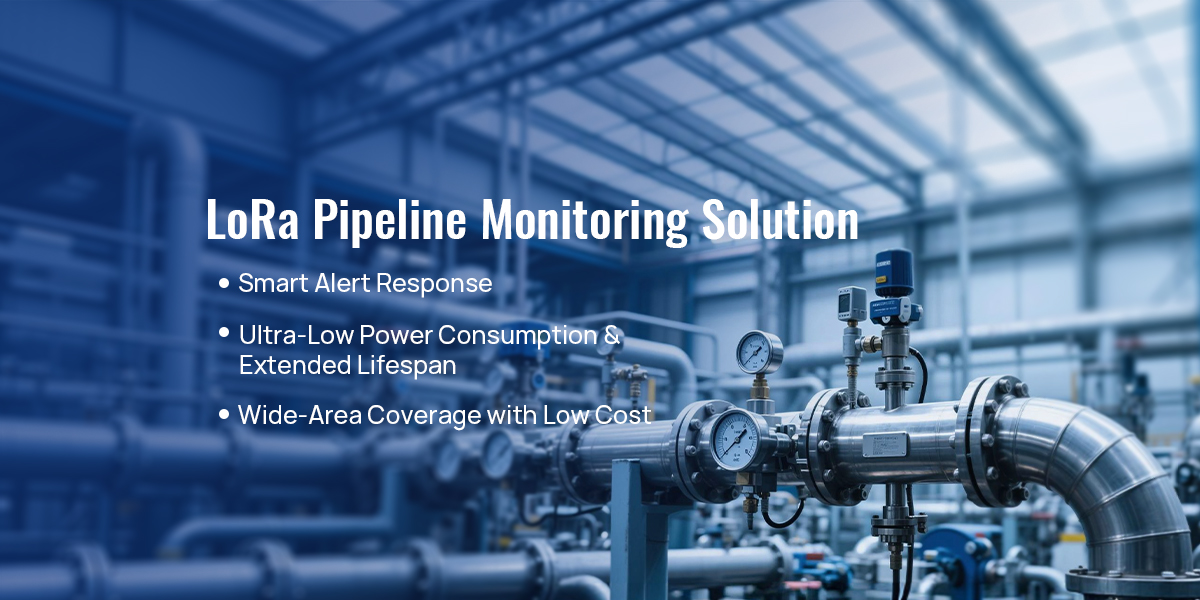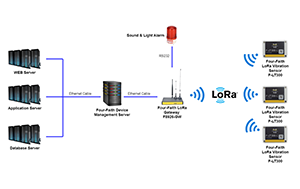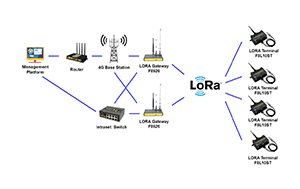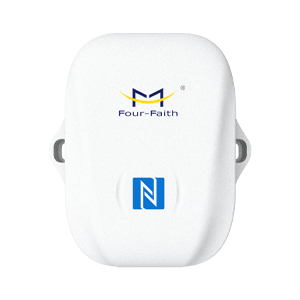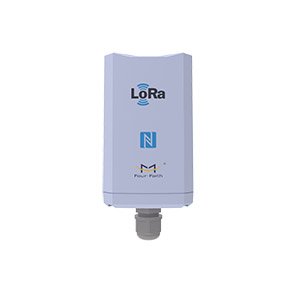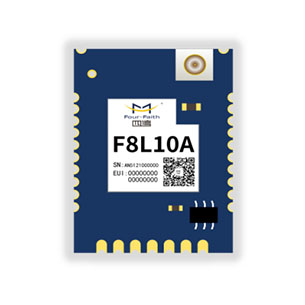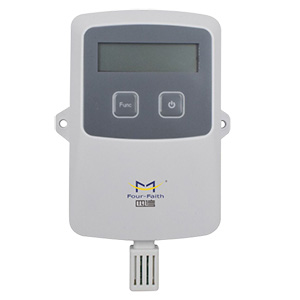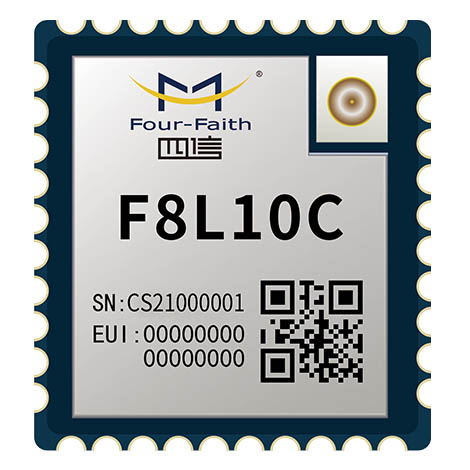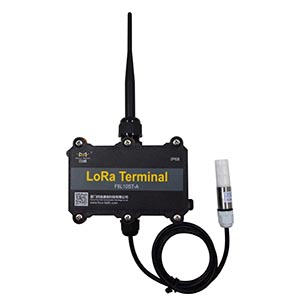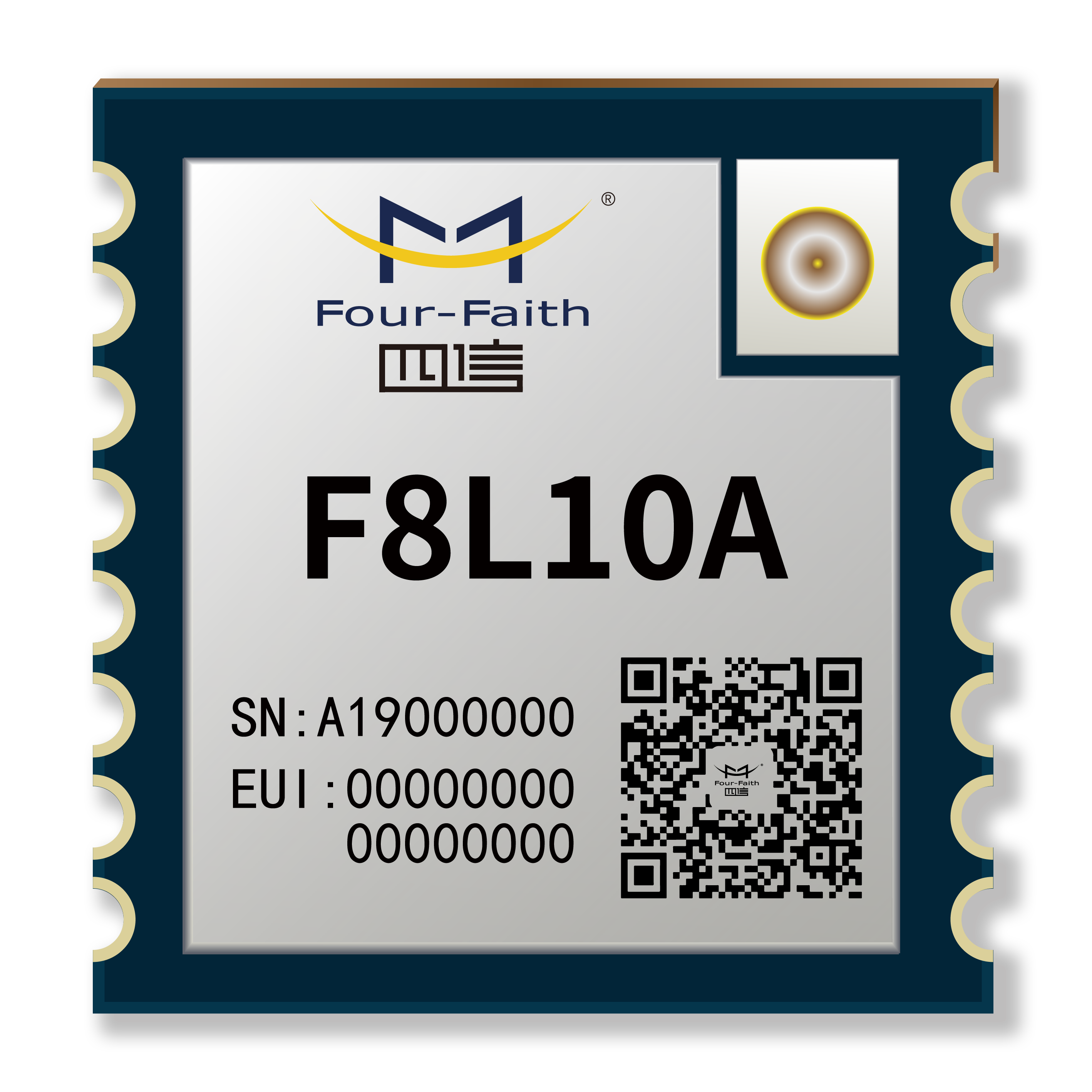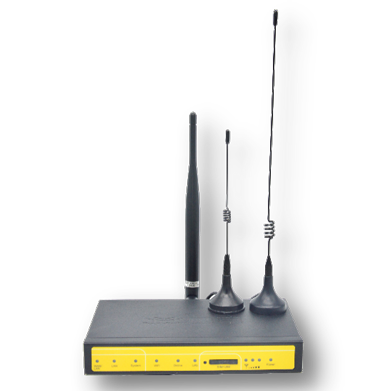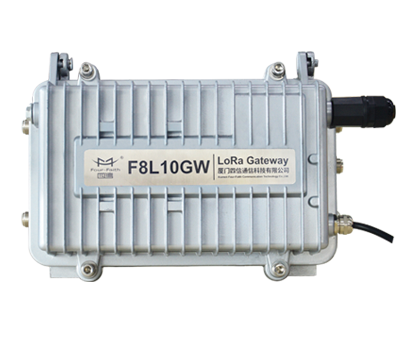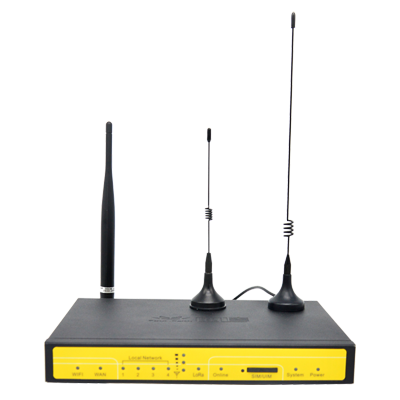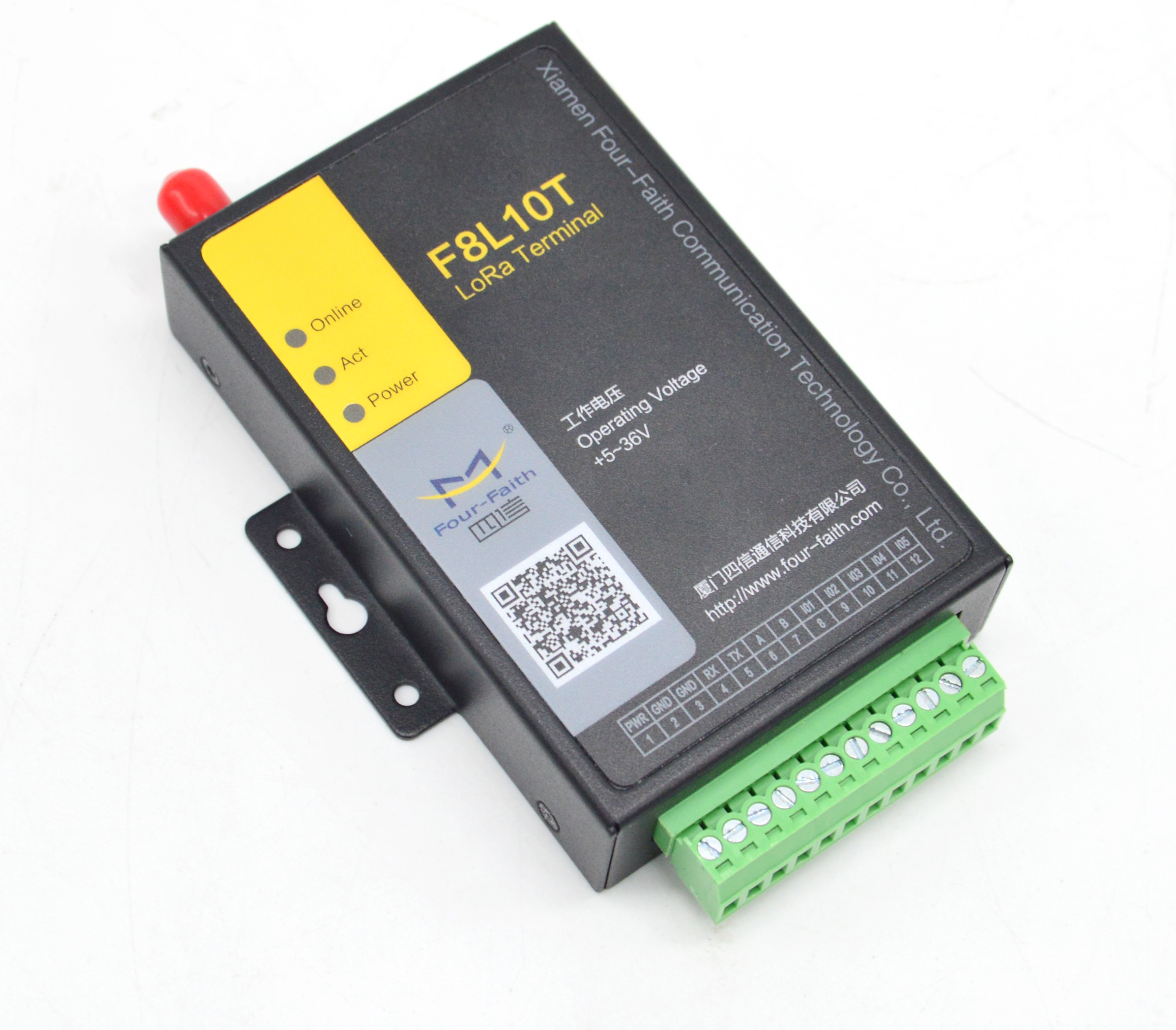RECOMMEND SOLUTIONS
RELATED PRODUCTS
LoRa-based Asset Management Application in Wineries
Date:2023-06-28 14:10:38
Background
With the continuous change in the way of social production and the development of supply chain finance, the collateral for loans and pledges is no longer limited to traditional assets such as cars and real estate. As the base wine stored by wineries for a long time, it can also be used as collateral. Wineries pledge their base wine to banks to obtain loans, injecting financial vitality into the further expansion of their production. Generally, a wine barrel can store thousands of kilograms or one ton of base wine, with a value of hundreds of thousands of dollars. A large storage winery can store hundreds of thousands of wine barrels, with a total value of up to billions. Therefore, for such massive assets, to prevent losses from occurring unnoticed, both the wineries and the banks have a need to monitor the base wine assets in the wineries.
The sealed storage period of liquor in wineries can be as short as a few months for light aroma liquor or as long as five years for sauce aroma liquor. During such a long storage period, wineries and banks are most afraid of theft occurring without timely detection of asset movement, and security personnel being dispatched to warehouses for inspection. To address this pain point, Xiamen Four-Faith combines the traditional liquor industry with the Internet of Things industry, integrating emerging technologies such as low-power wireless LoRa and three-axis vibration sensors, and introduces a warehouse asset management system to wineries. When the LoRa vibration sensor detects any movement, it immediately sends an alarm packet to the LoRa gateway, triggering alarms through local audio-visual alarms, phone calls, SMS, and other methods, notifying relevant personnel for further actions. This allows the LoRa vibration sensor to play its role in the supervision of base wine assets in wineries.
Solution Description
Topology
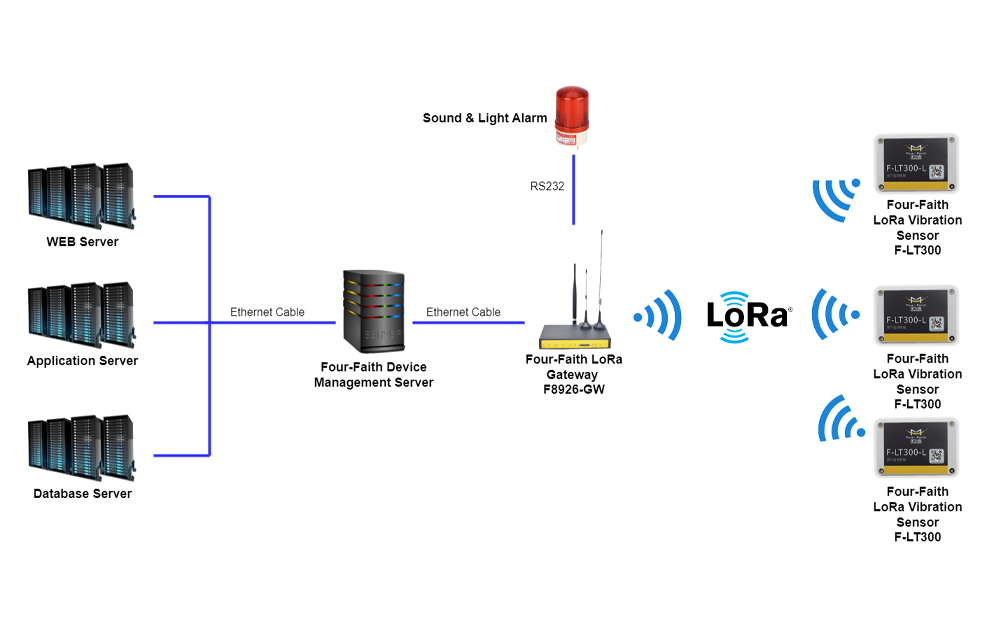
Solution Introduction
The winery asset positioning management system consists of five components: F-LT300 LoRa vibration sensor, LoRa gateway F8926GW, sound and light alarm, Four-Faith backend device management server, and user storage management business platform, as shown in the diagram.
F-LT300 Vibration Sensor: The F-LT300 LoRa vibration sensor includes components such as a LoRa module, a three-axis vibration sensor, and a battery. It immediately triggers an alarm when vibration events occur. To save power and avoid concurrent node triggering, the F-LT300 has a 1-minute silent period. After one vibration alarm, there is a 1-minute interval before the device can trigger another vibration alarm, effectively protecting the battery life and limited spectrum bandwidth resources. The F-LT300 is installed by using strong adhesive on the back to attach it to the wine cap.
F8926GW Gateway: The F8926GW gateway uses an 8-channel LoRa chip, providing stronger concurrent processing capability and enabling connection to more nodes. When the F8926GW receives an alarm packet from the F-LT300, it sends playback instructions to the sound and light alarm. Additionally, the F8926GW gateway forwards the alarm packet to the Four-Faith backend device management server via a network cable.
Sound and Light Alarm: The sound and light alarm is powered by 12V and interfaces with the F8926GW gateway through RS232. When it receives playback instructions, the sound and light alarm continuously alerts warehouse management personnel with a high-decibel sound, indicating that there is movement in the stored items. It continues until the management personnel turn off and restart the sound and light alarm after completing the handling.
Four-Faith Backend Device Management Server: The Four-Faith backend device management server runs on a tower server and provides functions such as device management, encryption/decryption, node network authentication, and signal value display. It also ensures that nodes can operate without configuration, facilitating on-site implementation. The Four-Faith backend device management server acts as an intermediary layer that interfaces with the user platform, promptly pushing heartbeat packets and alarm packet messages from the nodes to the user platform via the MQTT protocol.
Business Platform: The user-developed storage business platform includes features such as device online monitoring, alarm functionality, inventory management of goods, and stocktaking. When the business platform receives MQTT alarm messages pushed by the Four-Faith backend, it calls and sends messages to pre-set administrators and creates an alarm message list on the platform for post-event management and traceability. Additionally, the business platform displays the signal quality of each node, including RSSI signal values and SNR signal-to-noise ratio, allowing operations personnel to assess the link quality of sensor nodes in the field.
Communication Technology
1. Free from communication cables, easy to deploy, reducing construction costs and time.
2. The LoRa gateway supports 8 uplink channels, providing stronger concurrent capability for connecting more nodes.
3. The 433MHz frequency band of LoRa has a long wavelength, strong diffraction ability, and better penetration capability, making it particularly suitable for complex indoor environments in warehouses.
4. Low maintenance cost, operating in the license-free ISM 433MHz frequency band, eliminating the need to pay data fees to network operators.
5. Utilizing patented LoRa modulation and demodulation technology, with sensitivity as low as -140dBm, it has stronger anti-interference capabilities compared to other wireless technologies.
Recommend Products
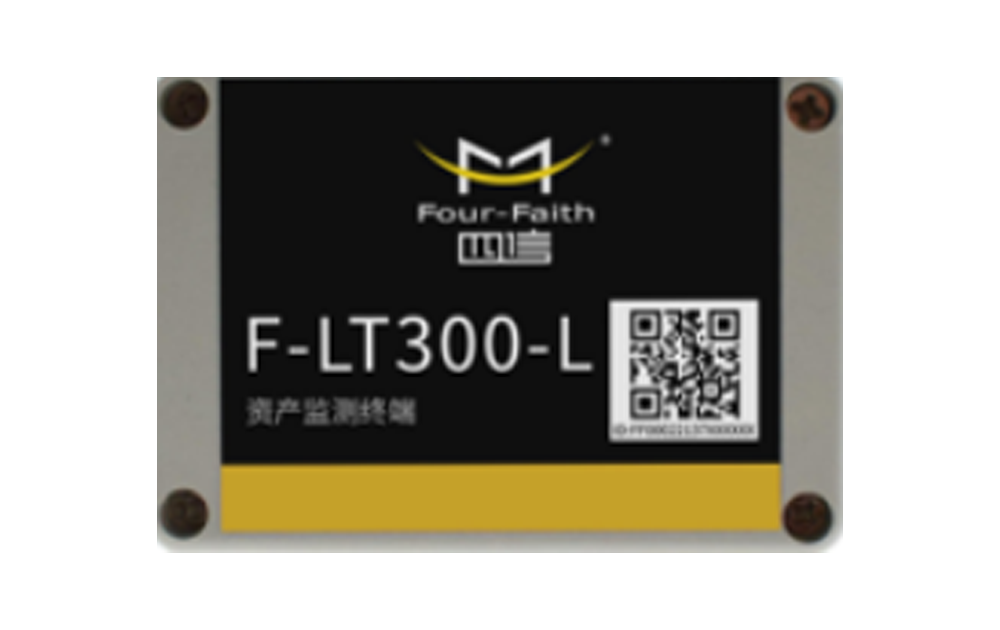
Name:
LoRa Vibration Sensor
Model:
F-LT300
Key Features:
Three-axis vibration sensor
Equipped with tamper alert
Built-in FPC antenna
Low power consumption device
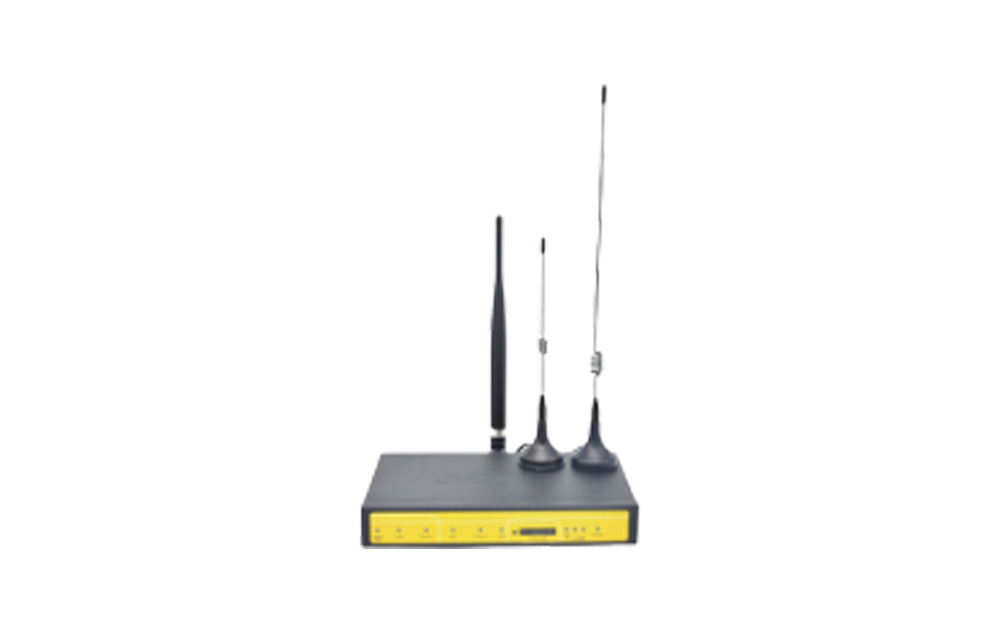
Name:
LoRa Gateway
Model:
F8926-GW
Key Features:
Adopting a metal casing with an IP30 protection rating. The metal casing and system are securely isolated, making it particularly suitable for industrial control field applications.
Operating temperature: -35 to +75°C, wide power supply range (DC 9-36V)
WDT watchdog design ensures system stability
1 LAN, 1 WAN/LAN, 1 RS232
Supports LoRaWAN protocol: CLASS A/CLASS C
On-site Pictures
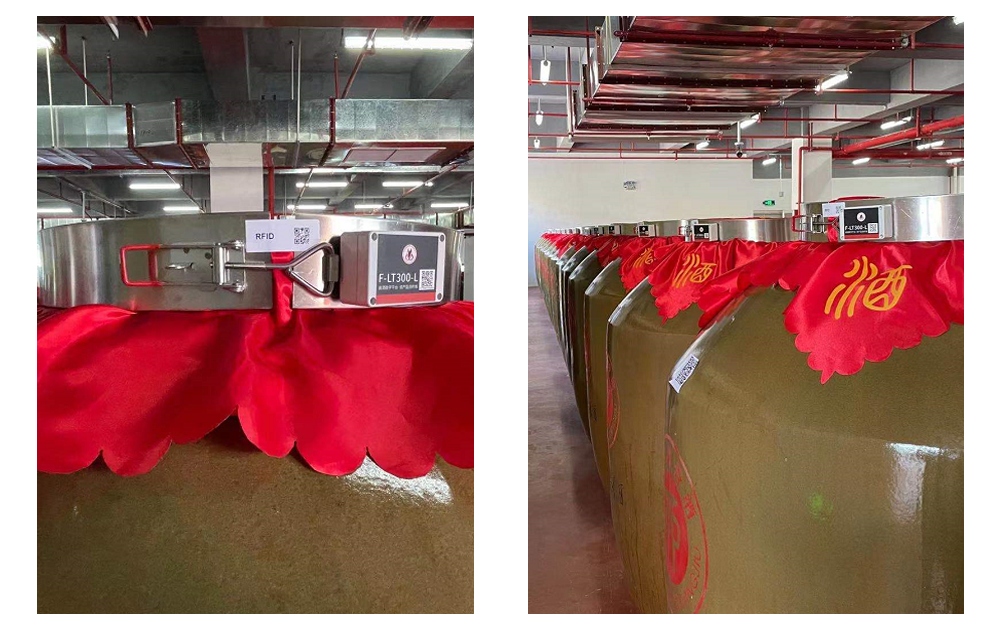
TAGS: LoRa-based Asset [Previous Page]
Previous Page:Four-Faith Central Air Conditioning Energy Saving System Solution
next page:LoRa Pipeline Monitoring Solution

